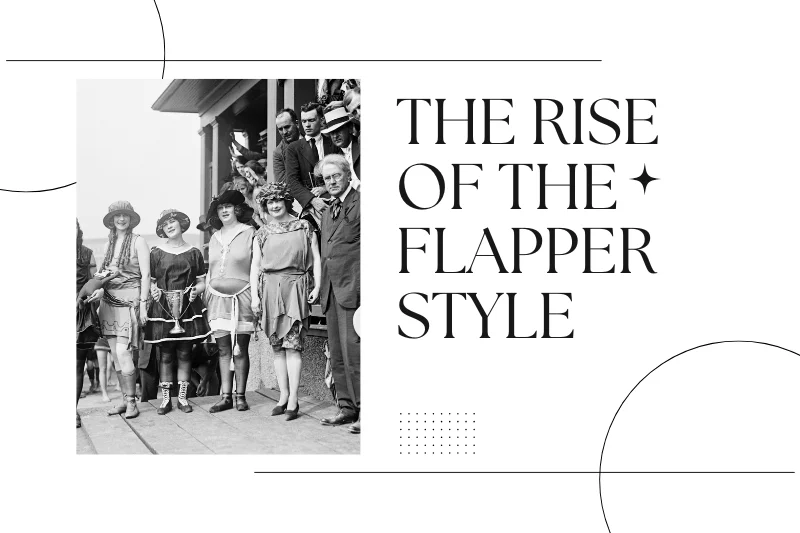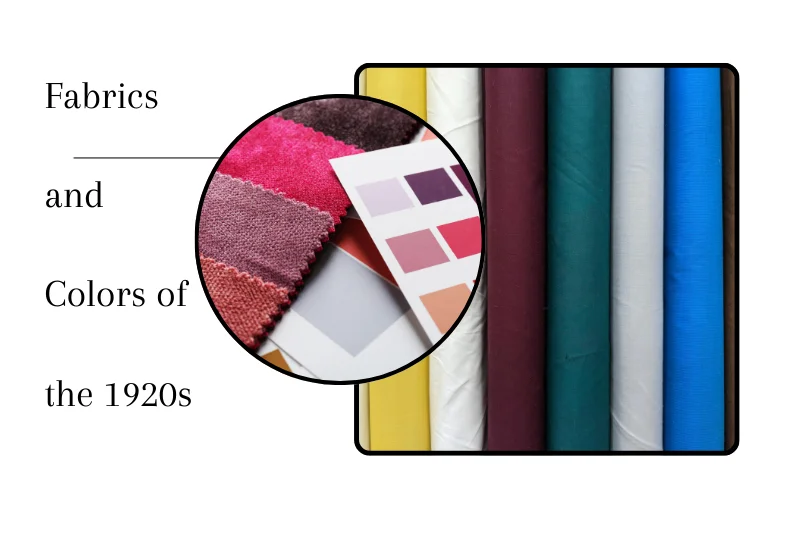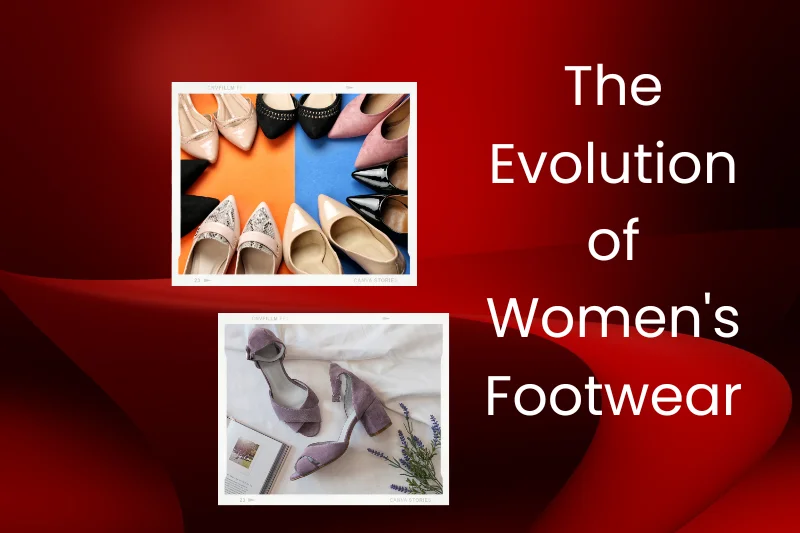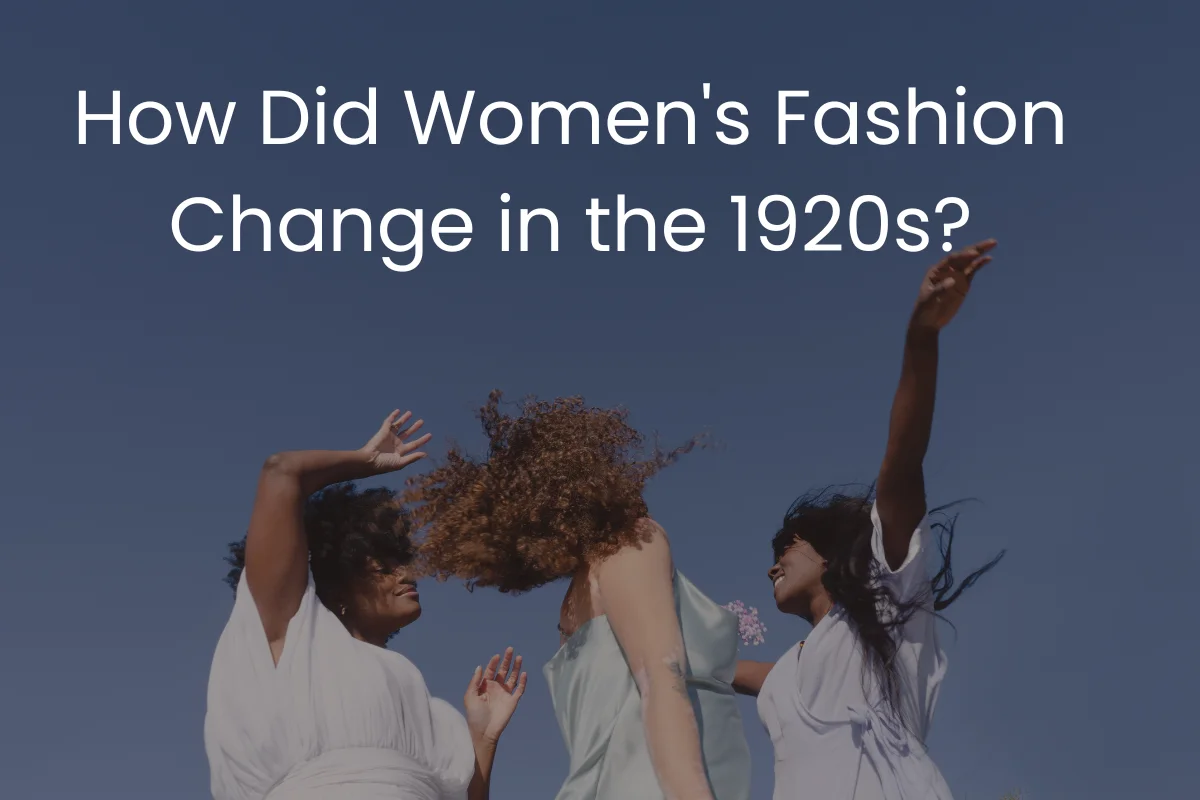How Did Women’s Fashion Change in the 1920s? was a transformative decade in history, particularly for women and their fashion choices. This era, often referred to as the “Roaring Twenties” or the “Jazz Age,” marked a significant departure from the restrictive clothing of the past. The changes in women’s fashion were influenced by social, political, and cultural shifts, including the aftermath of World War I, the rise of feminism, and the rapid growth of entertainment and media.
In this blog, we will explore How Did Women’s Fashion Change in the 1920s?, highlighting key trends, styles, and influences that shaped the decade.
The Shift from Restrictive to Relaxed Silhouettes
One of the most noticeable changes in women’s fashion during the 1920s was the shift from the structured and restrictive silhouettes of the Victorian and Edwardian eras to more relaxed and free-flowing styles. Before the 1920s, women were expected to wear corsets that accentuated an hourglass figure. However, the new decade brought about a desire for comfort and mobility, leading to the decline of corsets and the rise of looser-fitting dresses.
The “boyish” or “garçonne” look became popular, featuring a straight, tubular silhouette that de-emphasized curves. Dresses often had a drop waist, sitting at the hips rather than the natural waistline, creating a sleek and modern appearance. This change reflected the evolving attitudes toward gender roles and women’s independence.
The Rise of the Flapper Style

When discussing how did women’s fashion changed in the 1920s, the flapper style is one of the most iconic trends of the decade. Flappers were young women who embraced a rebellious and carefree lifestyle, challenging traditional norms through their fashion, behavior, and attitudes.
Flapper dresses were typically knee-length, a stark contrast to the floor-length gowns of previous generations. These dresses featured intricate beadwork, fringe, and sequins, making them ideal for dancing. The newfound popularity of jazz music and dance halls further fueled the trend, as women sought clothing that allowed freedom of movement.
Additionally, flappers accessorized their outfits with cloche hats, long pearl necklaces, feathered headbands, and bold makeup. Short bobbed hairstyles became a defining feature of the flapper look, symbolizing modernity and a break from traditional femininity.
Fabrics and Colors of the 1920s

The materials and colors used in 1920s fashion also played a significant role in defining the era’s aesthetic. Unlike the heavy fabrics of the previous century, lighter and more breathable materials such as silk, chiffon, and crepe were favored. These fabrics enhanced the flowing and comfortable nature of 1920s dresses.
Color choices varied depending on the occasion. For daytime wear, pastel shades like soft pink, light blue, and ivory were popular, exuding a sense of femininity and elegance. Meanwhile, evening wear often featured bold and luxurious colors like deep red, emerald green, and royal blue, often adorned with metallic embellishments.
The Evolution of Women’s Footwear

Footwear also underwent significant changes in the 1920s. As hemlines rose, shoes became more visible, leading to an increased focus on stylish and decorative footwear. Mary Jane shoes and T-strap heels became trendy choices, often featuring intricate embroidery, cutouts, and metallic finishes.
Women also embraced practicality with lower heels, allowing for ease of movement, especially for dancing. The era saw the rise of new shoe styles designed specifically for comfort and mobility, reflecting the active lifestyles of modern women.
The Impact of Coco Chanel
No discussion on how did women’s fashion changed in the 1920s would be complete without mentioning Coco Chanel. The legendary French designer revolutionized women’s fashion by introducing simple yet elegant styles that prioritized comfort and sophistication.
Chanel popularized the little black dress (LBD), a timeless fashion staple that remains influential today. She also introduced the use of jersey fabric, previously associated with men’s underwear, to create chic and practical women’s clothing. Her designs reflected the changing role of women in society, emphasizing independence and modernity.
The Influence of Hollywood and Media
The rise of Hollywood and the film industry had a profound effect on women’s fashion in the 1920s. Actresses like Clara Bow, Louise Brooks, and Gloria Swanson became style icons, inspiring women to adopt the latest trends seen on the silver screen.
Magazines such as Vogue and Harper’s Bazaar played a crucial role in popularizing 1920s fashion. These publications showcased the latest styles, providing women with inspiration and guidance on how to dress fashionably. Department stores also expanded, making trendy clothing more accessible to the masses.
The Shift in Undergarments
Undergarments also evolved during the 1920s to complement the new fashion trends. The decline of corsets led to the introduction of the bandeau bra, designed to flatten the bust and achieve the desired boyish silhouette. Women also embraced step-in chemises and bloomers, which were more comfortable than the restrictive undergarments of the past.
Stockings became an essential part of women’s attire, particularly as hemlines rose. Silk and rayon stockings, often in nude or pastel shades, were worn with garter belts to complete the look.
Sportswear and Casual Fashion
The 1920s also saw the emergence of women’s sportswear and casual clothing. As more women participated in outdoor activities like tennis, golf, and swimming, designers created stylish yet practical outfits for these pursuits.
Tennis dresses featured pleated skirts and short sleeves, allowing for ease of movement. Swimsuits, which had previously been modest and cumbersome, became more form-fitting and streamlined. The growing popularity of casual fashion reflected a shift in societal attitudes, emphasizing an active and liberated lifestyle.
The Legacy of 1920s Fashion
The changes in women’s fashion during the 1920s had a lasting impact on the industry and society as a whole. This decade laid the foundation for modern fashion, introducing concepts of practicality, comfort, and individual expression.
The 1920s marked a pivotal moment when women asserted their independence through their clothing choices. The shift from restrictive garments to relaxed and stylish attire symbolized a broader movement toward gender equality and self-expression. Today, many elements of 1920s fashion continue to influence contemporary designs, proving that the Roaring Twenties left an indelible mark on the fashion world.
Conclusion
In conclusion, How Did Women’s Fashion Change in the 1920s? The decade brought revolutionary changes that redefined femininity, style, and self-expression. The shift from corseted silhouettes to loose, comfortable clothing reflected broader societal transformations, including women’s growing independence and participation in various aspects of public life.
From the flapper dress and bold accessories to Coco Chanel’s timeless designs, the 1920s remain an iconic era in fashion history. The influence of this remarkable decade can still be seen in today’s trends, proving that the spirit of the Roaring Twenties continues to inspire modern fashion. shop Jhanvi Fashion online store



